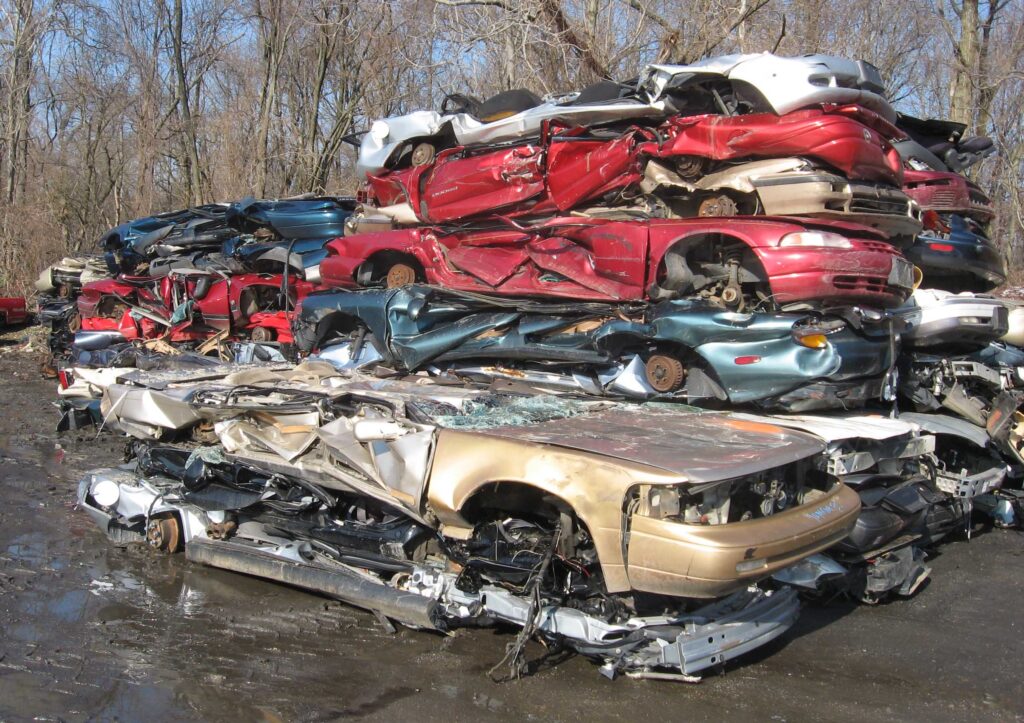We all have at least some familiarity with motor car scrap yards – usually at the edge of towns or based in the countryside on what might once have been an old farm. Often these were happy hunting grounds for mechanically minded car owners, perhaps with classic vehicles, as possible sources of now rare spare parts. But the complexity and specialised engineering involved in modern motor cars and the risks of accidents and pollution on these often muddy and sprawling sites means that this is less and less feasible.
Now, however the industry has been modernising fast, and with a greater awareness of toxic fluids and materials, as well as there being valuable metals in such components as catalytic converters, some of the dismantling is done with specialised equipment and trained staff. Anything which can be recovered in a condition good enough for reuse is recovered, cleaned and even given a warranty – all available on-line from dedicated stockists. And rare and expensive metals and alloys like platinum, or new highly magnetic materials incorporating niobium or molybdenum, such as are used for compact electric motors, are recoverable from components. Meanwhile the auto industry is painfully moving towards being, in part at least, a circular economy for the main power batteries, which can now be increasingly reused in secondary storage functions where weight is not important, such as in combination with solar panels or wind turbines. The complete recycling of lithium batteries is, however, quite difficult and complex but specialist plant is now managing to recover the lithium and other metals for refinement to become the raw materials for new battery manufacture.
